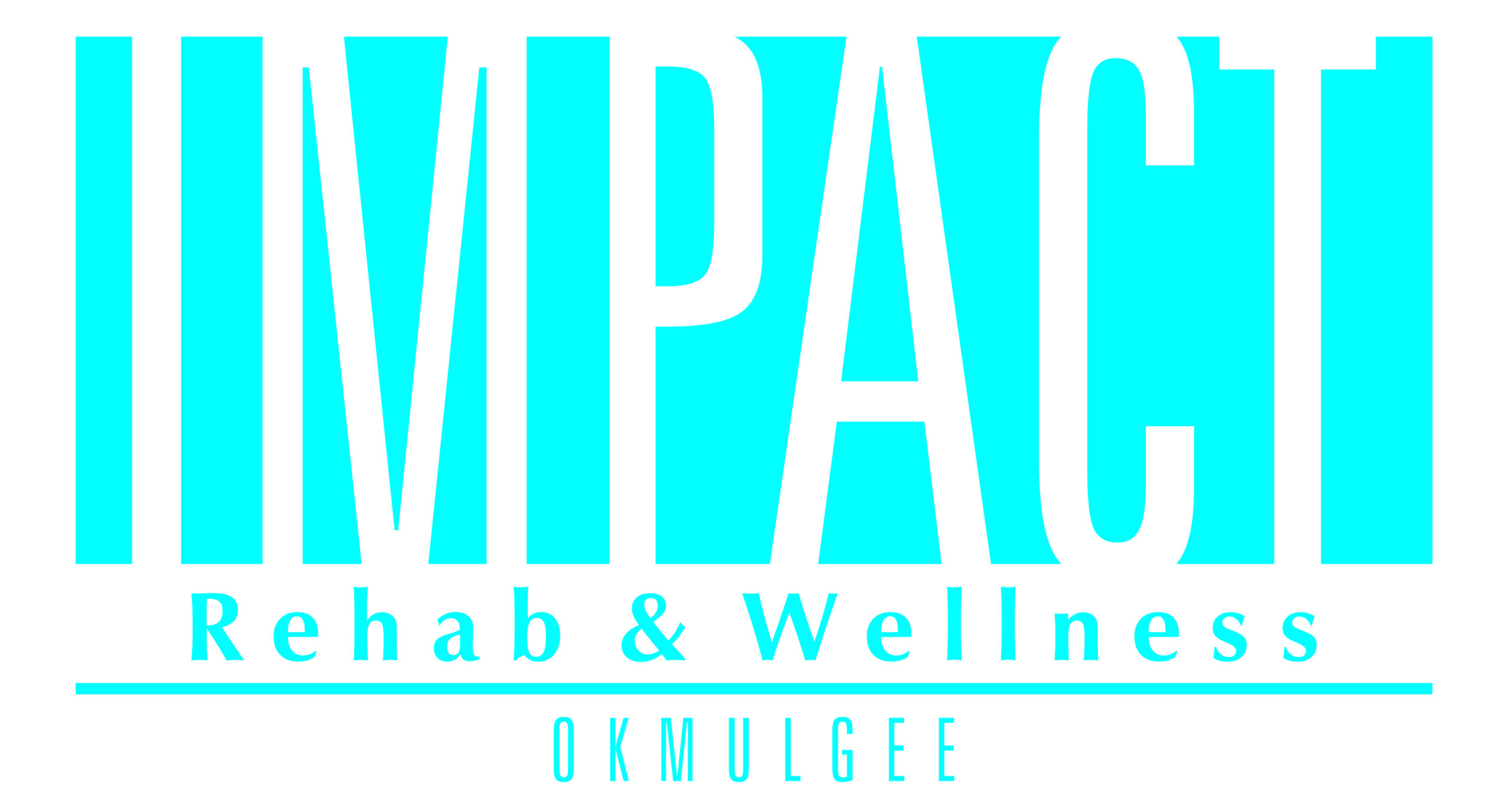After a fast start in January with resolutions, many people are trying to continue their fitness routines this month. Exercise can be a struggle, but it shouldn’t be painful. If you can run a good time in a 5k, but have aches and pains for days after, you likely have a problem. If you are increasing your PR in the squat rack, but your joint pain is increasing right along with it, pushing through it isn’t a good idea. Sure, some muscle soreness and fatigue after a hard workout is normal. But if you’re having pain that doesn’t go away, sore joints, or trouble moving after exercise, you’re probably developing movement dysfunction along with your fitness.
Movement Dysfunction
Movement dysfunction is impaired or abnormal movement. Usually this results from an underlying issue like muscle weakness, a painful joint, or a loss of range of motion. Trying to exercise through these types of things will cause your body to move in a suboptimal way. This increases your risk for injury, or causes pain.
Preventative Medicine
Pain during workouts, or pain and soreness that don’t go away after can be warning signs of a movement dysfunction. If you’re experiencing any of these, your physical therapist is a movement expert who can help. PTs are trained to analyze movement, and figure out the root cause of problems. They can then design a program to treat the cause and correct the abnormal pattern. There is no need to wait until you’re injured to see your physical therapist. In fact, it’s preferable not to. Getting minor problems fixed early means fewer visits to the PT, less pain, and not having your workouts put on hold by injury.
Give us a call to schedule your complimentary 15 minute movement screen!
For more information, please visit www.ppsapta.org.
